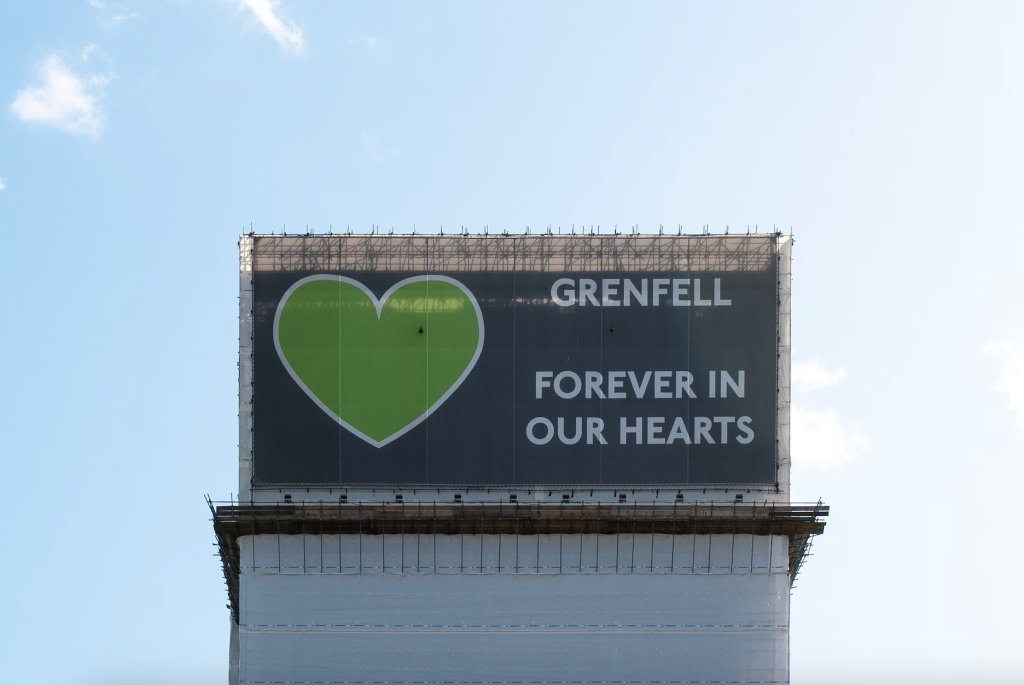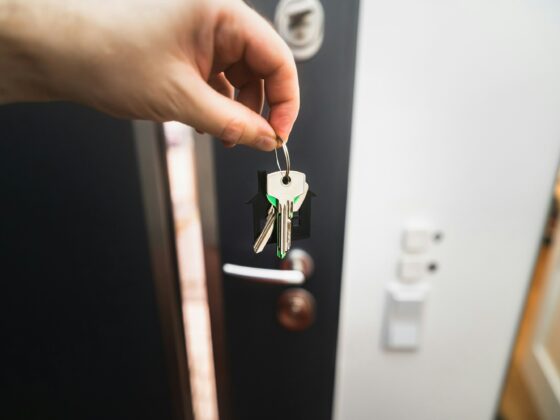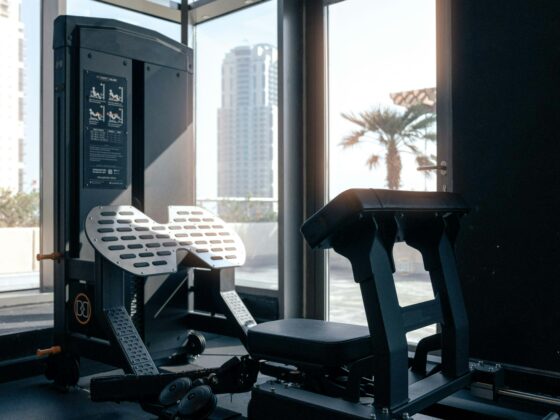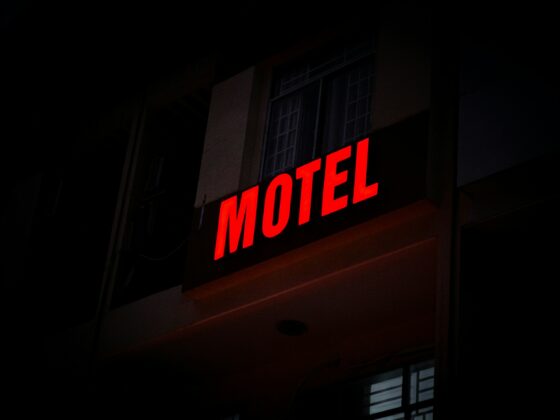This is a republication of the original article published on Boutique Hotel News. To read the full piece and support the source, please visit the complete article on their site.

Reading Time: 4 minutes
Charles Seifert, founder of ItBox, highlights what the implications could be if the Building Safety Act is extended to include hotels this autumn.
There are rumours afoot that indicate that the Building Safety Act 2022 (BSA) is to be amended in the autumn of 2025 to bring hotels into the full scope of the legislation. Currently, the Act applies to all buildings over 18 metres, or those with seven or more storeys and containing at least two residential units.
Given that the Act was introduced in response to the multiple building design, construction and management failures that led to the Grenfell tragedy, where 72 residents lost their lives, it does not come as a great surprise that hotels may potentially be included.
What might this mean for the hotel sector?
Currently there is no detailed information on how the legislation may be applied to the hotel sector. When evaluating its potential impact, a good starting point is to look at some of the key requirements that apply to the 14,000 residential buildings currently in scope.
This article focuses on existing buildings, or higher-risk buildings (HRB’s) as they are defined in the legislation, rather than on buildings that are planned or under construction. There have also been significant changes in how developers obtain consent and build new HRB’s.
What is the intent of the BSA?
The intent of the Act is quite simple; it is aimed at reducing the risk of a fire or structural incident from occurring in an HRB. In the case of such an event, the inherent risks should be known and understood in order for strategies to be firmly in place to reduce the risks to which residents are exposed.
The Act has been a major disruptor in the residential sector. A new Building Safety Regulator (BSR) has been created to monitor and enforce the legislation. It has been tasked with calling-in each of the 14,000 existing HRB’s in the five-year period from April 2024 to assess whether a Safety Case Report (SCR) put together by the landlord meets specific safety requirements.
The BSR is currently one year into the new regime and they are struggling to process assessments; at the time of writing, they have issued a handful of Building Assessment Certificates (BAC) – a certificate to confirm that a higher-risk building meets specific legal duties related to fire safety and structural integrity. It is likely that as more buildings get called-in, buildings that have passed the assessment and been issued with a BAC will be recognised as ‘safe’ buildings, which in turn will impact on apartment capital values.
Assuming BACs form part of the assessment of hotels, holding one may become an important factor in how guests choose where to stay, influencing demand, room rates and ultimately on the investment or asset value of the property.
What does the assessment process look like?
When a building is called-in, the entity or entities responsible for the safety of residents, defined as the Principal Accountable Person (PAP) or AccountablePerson (AP), have to make a submission to the BSR.
There are three core elements to that submission:
- Building Safety Case Report (BSCR) – a document that outlines how an HRB’s safety risks are identified, managed, and mitigated. It is a summary of the building’s safety case, demonstrating the steps taken to ensure the safety of residents.
- Mandatory Occurrence Reporting (MOR) – requires the PAP or AP to report safety incidents and risks related to HRB’s to the BSR. This system ensures prompt identification and action on potential safety issues.
- Resident Engagement Strategy (RES) – a plan that outlines how the PAP will engage with residents on building safety matters. It is about ensuring residents are informed, consulted, and can participate in decisions related to the building’s safety.
The big challenge landlords are facing is that in order to write a BSCR, they need to know and understand the risks presented by their building. In order to create this, a ‘golden thread’ of building safety information is required.
Critical information can include:
- Details of the original structural design.
- Details of the external wall build up.
- Details of the fire safety measures in place at the building.
- Details of the compartmentation between apartments (designed to stop ors low down the spread of fire).
- Details of the fire-stopping.
- Details of the safety management systems.
The amount of information held by landlords can vary considerably, often based on the age of the building. Once a SCR has been submitted, the BSR carries out an initial assessment and responds with multiple and detailed questions and requests for further information. Often these questions require the PAP to provide statements that have been made.
For example, if a PAP states that an apartment has been designed to deliver 60-minute fire compartmentation, the BSR may want to see evidence (through intrusive investigations) that the quality of what was actually constructed reflects the original specification.
What might the future look like for the hotel sector?
Based in the scale of the work the BSR currently has, it is likely that if the definition of an HRB is changed to include hotels, there will be a transitional period, perhaps a couple of years.
My best advice to the owners and operators of hotels over 18 metres (although the change may apply to all hotels over 11 metres) would be to start making preparations now. There is significant complexity in meeting compliance requirements, and the incentive to get this right is that guests will be reassured that they are staying in a ‘safe’ building.
The penalty for getting this wrong, particularly if there is an incident where people are injured, is that the BSR can bring criminal proceedings which can result in unlimited fines or even custodial sentences for PAPs.





